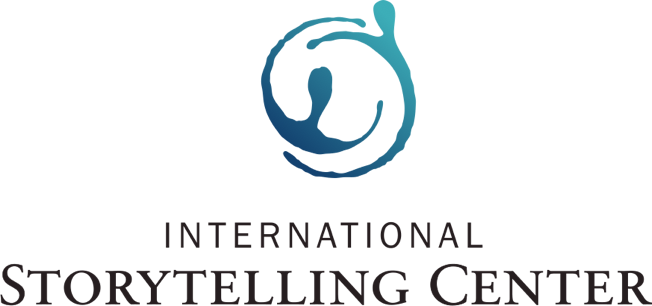We often find professional collaborators informally, in the course of life and work. Networks like this are very useful, but they can be limiting, especially when we’re committed to diversity and inclusion. Make sure you’ve given serious thought to the possibilities before you decide on a partner.
Best Practices
Remember your organization's mission, goals, and purpose.
It's so easy for a project to veer out of scope! Keep these elements front of mind to help you stay focused.
Consider existing needs within the community.
Some places struggle with persistent problems like poverty. Or you may want to address an acute need, stepping in to fill a gap after a social service or facility has closed. Survey the resources in your area and plan accordingly.
Avoid redundancy.
Are other people or organizations doing something similar already? Can you fill a gap, or should you join an existing effort?
Talk to people in the field.
Even a few informational sessions can be helpful in the development stage.
Consider populations who are underserved.
How can you best serve them? Who are the leaders in these communities? What organizations are doing this work on the ground?
Think outside the box.
Interdisciplinary collaborations can be especially invigorating and effective.
Like this article?
Share on Facebook
Share on Twitter
Share on Linkdin
Share on Pinterest



